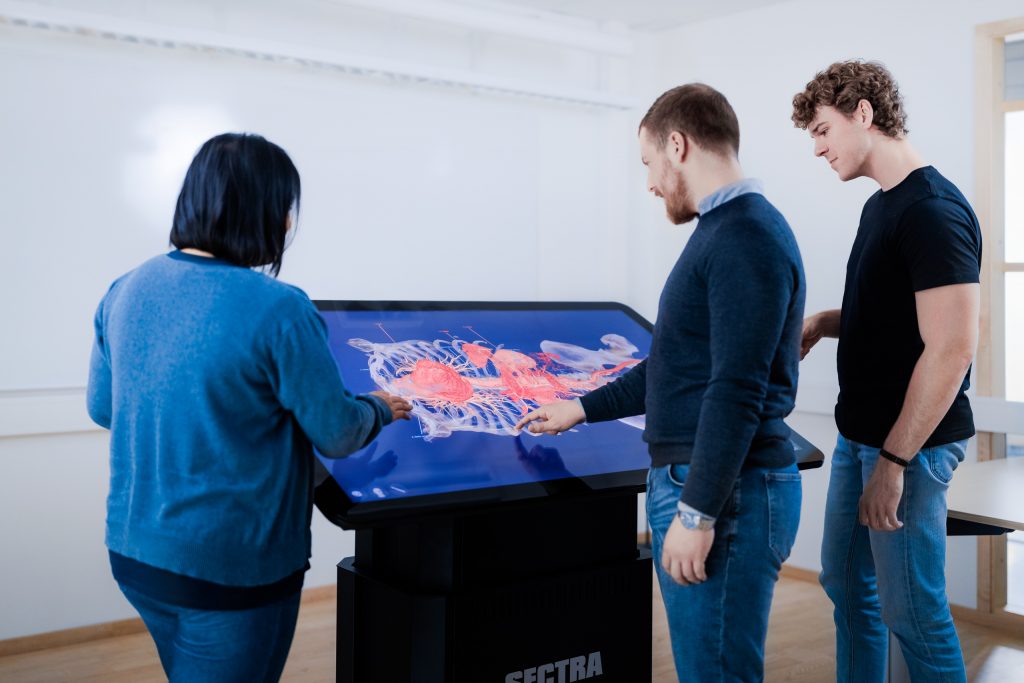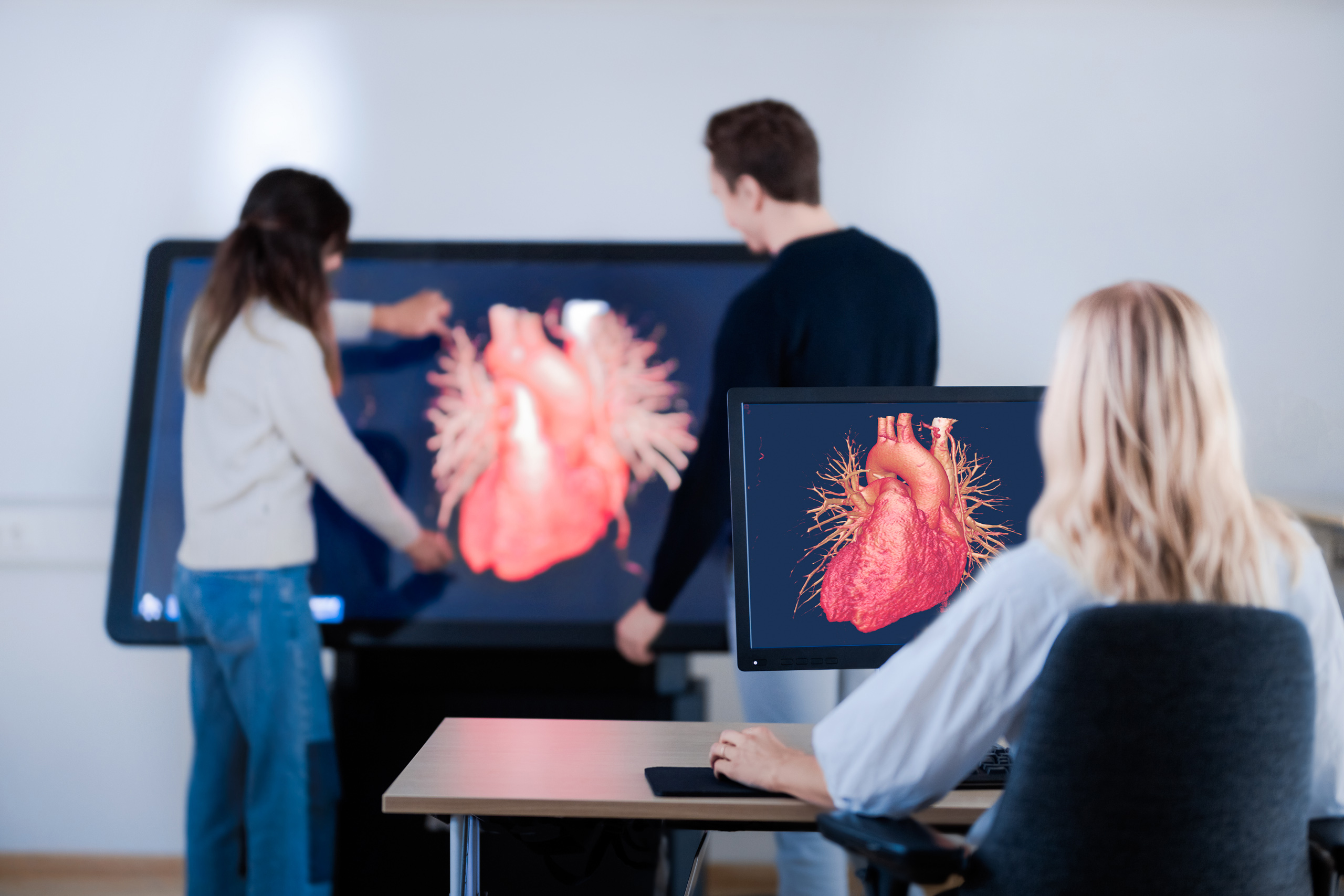Parker University in the US, like many educational institutions, faced substantial challenges during the COVID-19 pandemic. The abrupt shift to remote learning accelerated the integration of digital tools into their chiropractic program. This case explores how faculty members Dr. Morgan Toone and Dr. Rose Olson-Long adapted their teaching methods with the help of Sectra Education Portal to maintain effective anatomy education. It also highlights the broader impact of this digital transition on the university’s educational approach.
Established in 1982 and located in Dallas, Texas, Parker University is known for its emphasis on healthcare education, especially in chiropractic care. Other than offering the Doctor of Chiropractic degree, Parker University also provides undergraduate, graduate, and continuing education programs in fields like health science and other healthcare specialties, with a hands-on approach for clinical skills, research, and a holistic view of patient care.
We met Dr. Morgan Toone and Dr. Rose Olson-Long from the faculty. Since 2020, they have used Sectra’s cloud-based platform for medical education (Sectra Education Portal) as a part of their chiropractic program. It provides them with a multidisciplinary library of real patient images and advanced visualization and diagnostic tools, as well as the option to add their own clinical cases to a private space.
It’s different from learning from textbooks or models as it allows students to explore and understand the variability and complexity of the human body.
“During the pandemic, it was challenging to deliver quality anatomy education online”, Dr. Olson-Long explains as one of the main reasons for incorporating the education portal. During this time, they did remote sessions and therefore needed a plug and play solution for all the students at home.
She continues, “Beside this, the goal was to get students an opportunity to see that side of anatomy without being in the lab. We have students that can’t participate in the at campus sessions.”
Sectra Education Portal is a vital component of the blended Doctor of Chiropractic program that uses the portal to teach online students. Before their assignments, students receive links that take them to a specific case in the portal’s library, along with instructions on what to report.
“We embed the links from the education portal in a document. The students then follow the instructions in this document, click on the links to the images in the portal, write their responses in the document, and submit it for grading,” says Dr. Toone.

They also use the Sectra Table in their Dissection Lab where students get to both prepare and follow up on the labs using the software on the Sectra Table. It helps them to see the anatomical differences easier. Both the portal and the table provide interactive learning. The students can rotate, zoom in and out, and dissect virtual bodies layer by layer at their own pace.
“It enhances their understanding by providing them with real medical images and a realistic view of the human body, leading to a deeper understanding of anatomical structures. It’s different from learning from textbooks or models as it allows students to explore and understand the variability and complexity of the human body,” Dr. Toone explains, and adds, “I wish I would’ve had this software when I was a student.”
I love how highly customizable it is. This enables us to use it in all our programs.
The fact that the portal provides at home access and the faculty encourage the students to play around with it, the students have had time and opportunity to get to know the solution. Learning the solution has not been a problem though, they explain. “Our students are tech savvy. They’ve been able to figure everything out by just being curious and learn by doing. Being curious is the number one key to success in learning to use the platform,” continues Dr. Toone.
Transitioning to the Sectra Education Portal presented initial challenges in the adoption among staff members. However, under Dr. Toone’s dedicated leadership, the project has gained significant momentum, marking a positive turning point in their educational strategy. They hope to implement it in other classes, such as in diagnostic ultrasound and neuroscience. “I love how highly customizable it is. This enables us to use it in all our programs,” says Dr. Olson-Long.
Dr. Toone adds, “In the future, there are all sorts of features that we would like to use more, such as building our own lessons directly in the portal, for example. We just haven’t had the time to look into it. I think students would really like that function. That way it will be easier for them to navigate through the assignments without having to move from one document or program to another. It will all be in the portal. It would be significantly more beneficial for them.”
Featured products & services
Related cases




